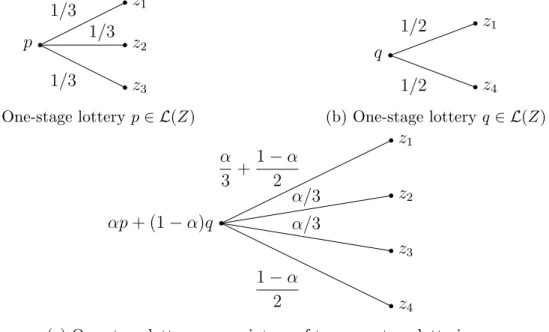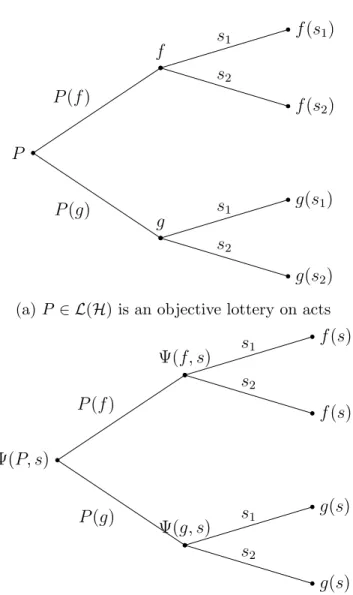Second-Order Beliefs and Second-Order Expected Utility
Texte intégral
Figure


Documents relatifs
Second-order elections theory explains cyclical losses by national government parties in elections to the European Parliament (EP) through strategic protest voting owing to
Concerning its results, it is obvious that the I-EQM classifier manages to enhance the recall of the coverage impact technique for both the examined control mutant sets (Table VIII
By using this matrix, we present the structure of the probability density function (PDF) of normal complex RVs.. From this PDF, we deduce the characteristic function and
Abstract: We prove infinite-dimensional second order Poincaré inequalities on Wiener space, thus closing a circle of ideas linking limit theorems for functionals of Gaussian
Isolating possible equivalent mutants with the aim of reducing their effects in the testing process dynamically, is a relatively new direction of the mutation testing research. One
Proposition 1 sheds light on the link between objective information and subjective beliefs in the Choquet expected utility model: first order beliefs aggregate (in the sense of
Let us remark that our condition H4 on the growth of the driver f or the integrability assumption C1 on the terminal value ξ and f 0 are not optimal, compared to the conditions
This paper combines two classic results from two di↵erent fields: the result by Lauritzen and Spiegelhalter [21] that the probabilis- tic inference problem on probabilistic networks